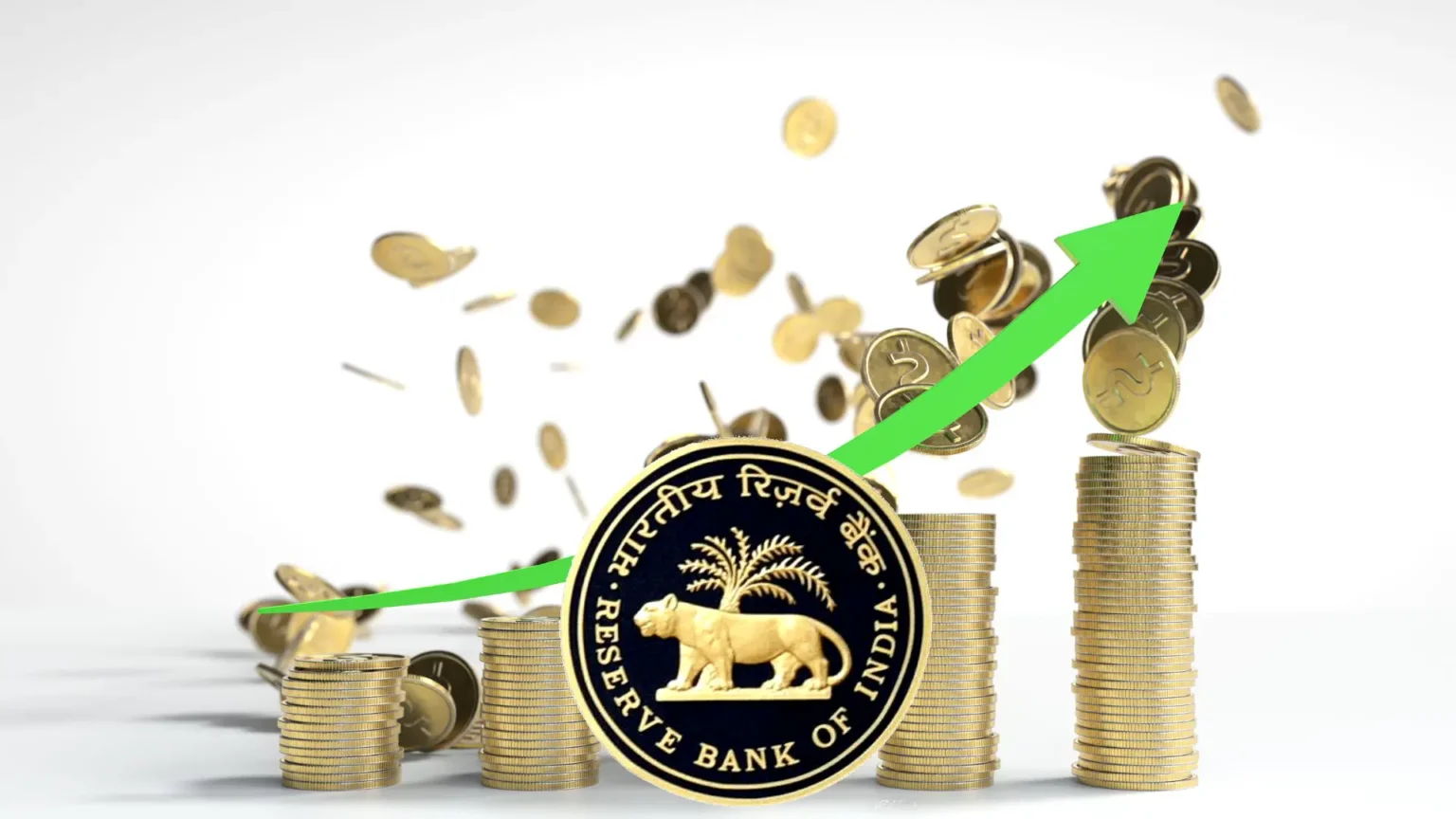The Reserve Bank of India (RBI) annual report for 2023-24 has been released. The RBI’s balance sheet highlights that the country’s economic foundation remains strong, and headline inflation is expected to decrease further. The RBI’s balance sheet grew by 11.08% year-on-year, reaching Rs 70.48 lakh crore by March 31, 2024, compared to Rs 63.45 lakh crore in the previous year.
The RBI’s net income in FY24 surged to Rs 2.11 lakh crore from Rs 87,420 crore in the preceding year. However, total expenditure dropped significantly to Rs 64,694 crore compared to Rs 1.48 lakh crore in the previous year. The RBI’s annual report raised concerns about the risks of food inflation, stating that it remains susceptible to supply-side disruptions. Despite this, the Monetary Policy Committee (MPC) affirmed its commitment to maintaining price stability.
RBI Annual Report 2023-24
The Reserve Bank of India’s (RBI) balance sheet, which amounts to US$844.76 billion, is about 2.5 times Pakistan’s GDP. Despite the challenges posed by the pandemic, the RBI’s balance sheet has showcased impressive growth. It normalized to pre-pandemic levels, now standing at Rs 70.48 lakh crore. It stood at Rs 63.44 lakh crore in FY23. It has increased to 24.1% of India’s GDP by the end of March 2024, up from 23.5% in March 2023.
In terms of financial performance, the RBI saw a notable increase in income by 17.04% in FY24, while its expenditure decreased substantially by 56.30%. This resulted in a significant surge in surplus by 141.23% annually to Rs 2.11 lakh crore, which was recently transferred to the Centre. In addition to its other achievements, the RBI allocated Rs 42,820 crore to its contingency fund in FY24.
Positive Outlook for the Indian Economy
The report says that as headline inflation decreases towards the targeted level, demand for goods and services, especially in rural areas, is expected to increase. This means people will buy more stuff. Because of stable financial conditions, the Indian economy is in a good position to grow steadily over the next ten years.
Positive aspects of the Indian economy:
- The Indian economy is performing well, with strong GDP growth driven by significant investments.
- Banks and large corporations have solid financial positions, which contribute to the economy’s overall health.
- Government initiatives, such as ensuring minimum support prices (MSPs) for crops, benefit farmers and support economic growth.
Challenges and Risks for the Indian Economy
- The fast adoption of AI and machine learning technologies could pose hurdles for the Indian economy.
- Climate change-related issues such as floods or droughts might continue to create problems.
- Despite these challenges, the report suggests that the Indian economy is resilient enough to overcome them.
Additionally, risks include geopolitical tensions, fluctuations in global commodity prices, and unpredictable weather patterns, which could potentially slow down economic growth.
Also Read:
RBI Launches the PRAVAAH Portal, RBI Retail Direct Mobile App, and FinTech Repository
RBI Warns Four Banks about Co-lending Partnerships
State Bank of India Raises Fixed Deposit Interest Rates, Check Latest FD Rates Here
